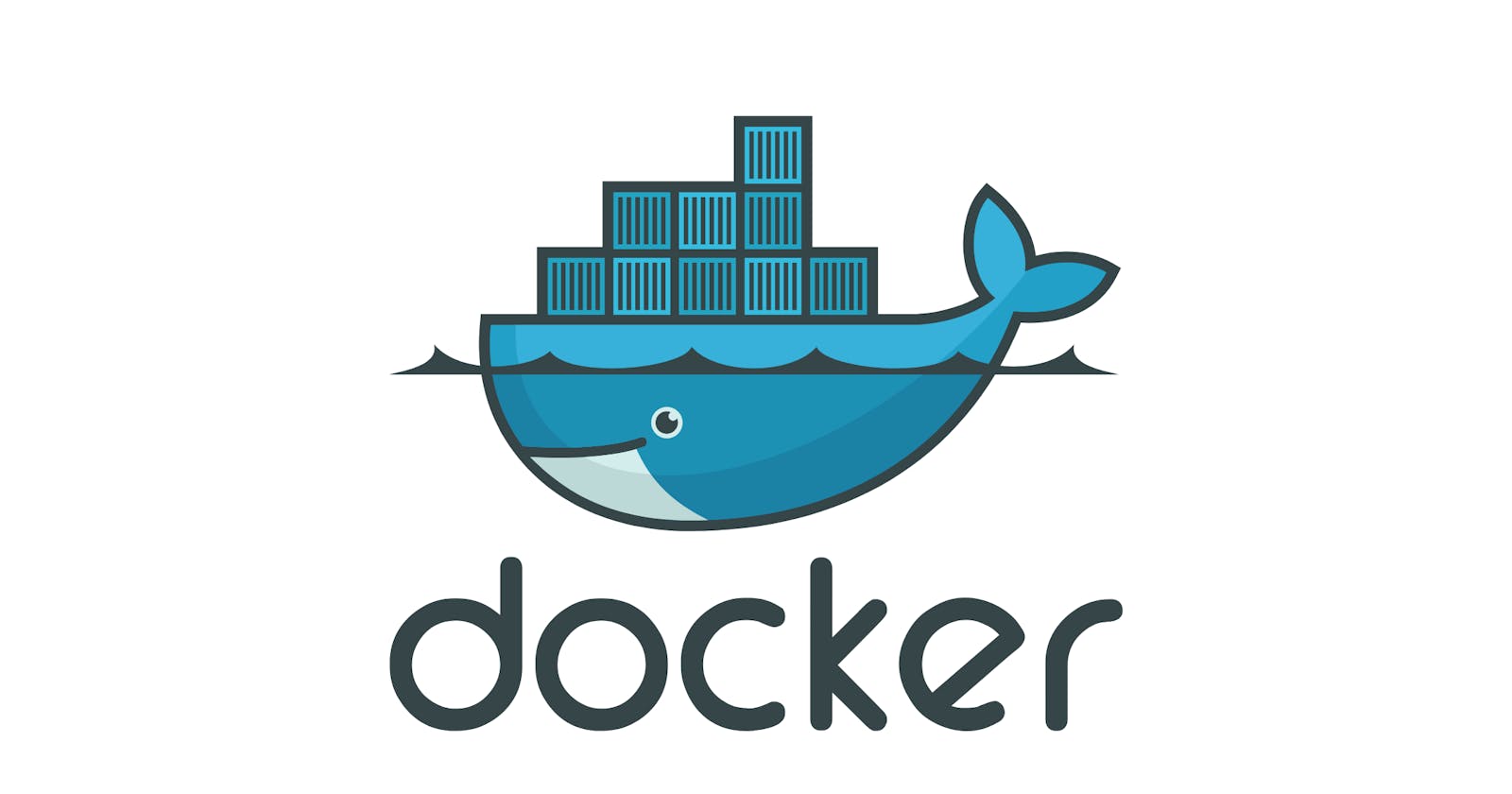Docker is a platform that allows developers to easily package, ship, and run applications inside containers. Containers let you bundle an application together with all its dependencies into a standardized unit that can run anywhere.
In this beginner's guide, I'll introduce Docker concepts and common commands.
What is Docker and Why is it Useful?
Docker provides consistent environments for development, testing, and production. Instead of having to setup dependencies and configurations manually on each individual system, Docker handles all of that for you inside a container which can be easily shared and transported.
Some key benefits of Docker include:
Portability - You can build locally and deploy containers anywhere.
Speed - Containers start almost instantly.
Consistency - Containers have everything needed to run the application.
Isolation - Applications run reliably in separate containers.
Scalability - You can scale individual containers up and down.
Core Docker Components
Images - Read-only templates used to create containers. Images define the environment including dependencies.
Containers - Running instances of Docker images. You can connect and interact with them.
Dockerfile - A text file with instructions for building a Docker image.
docker build - Command to generate a Docker image from a Dockerfile.
docker run - Command to launch a container from an image.
docker ps - Command to view currently running Docker containers.
Registry - Central repository to store, distribute, and download Docker images. Docker Hub is the default registry.
Docker takes care of Dependency Hell by standardizing application environments inside containers. No more worrying "but it worked fine on my machine!" when collaborating across teams and deploying to production. With Docker, you can build once then run your containerized apps consistently from your laptop all the way to the cloud.
Now that you know key Docker concepts like images, containers, Dockerfiles and handy CLI commands, you're ready start dockerizing your apps. The possibilities are endless with what you can build and automate using Docker. Compose multi-container apps, integrate with CI/CD pipelines, optimize deployments, and more.
Remember to start by containerizing simple apps, focus on building good Docker images through effective Dockerfiles and best practices. As you get comfortable with basic Docker workflows, start exploring advanced setups.
I hope you found this beginner's Docker tutorial helpful. Docker's container model drives major innovation, helping developers build robust and portable software faster. Give Docker a spin and let me know what cool things you end up creating!
